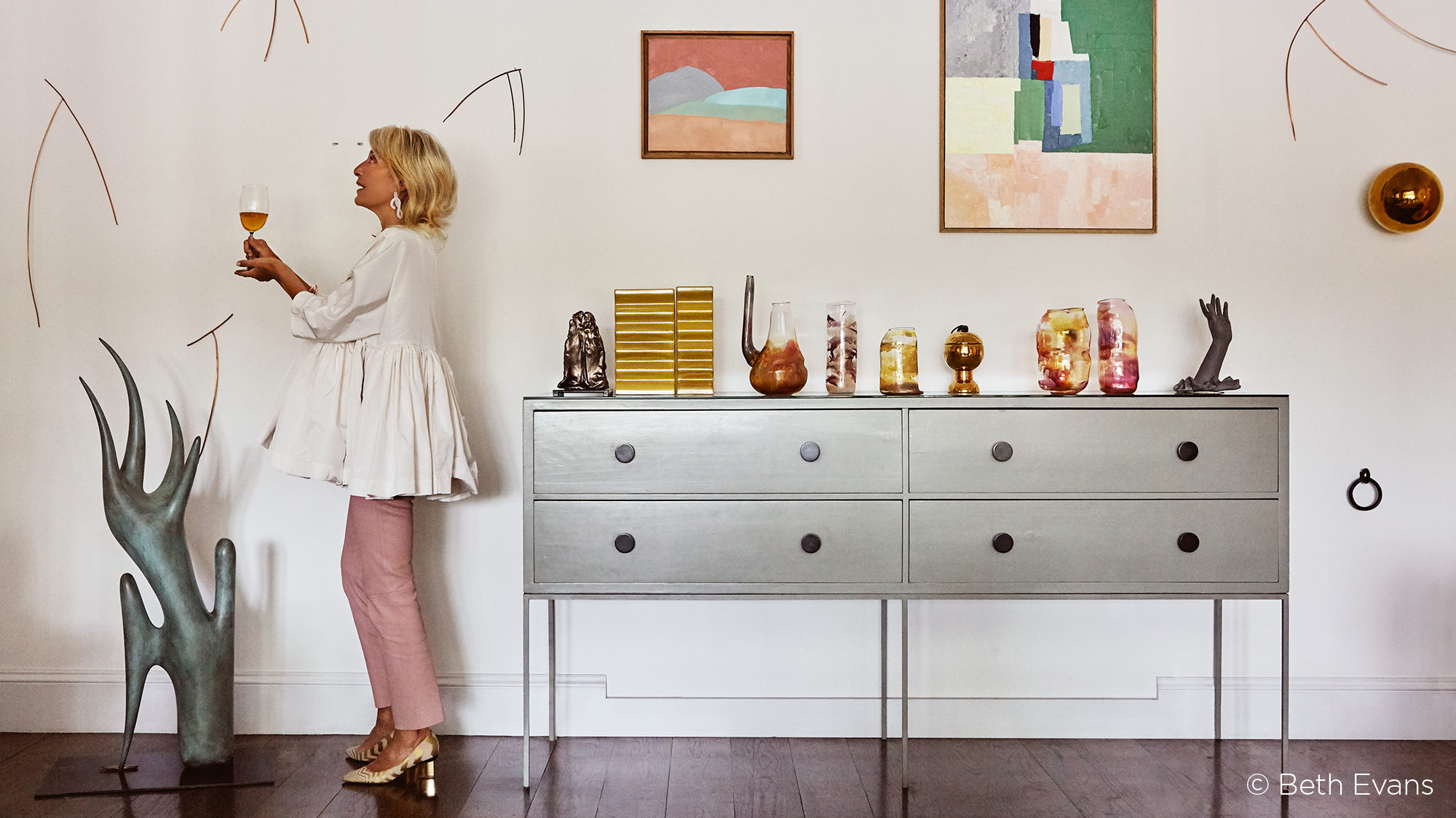Beth Evans is a photographer of still life, food, interiors, travel and other wonderful things. Her images are painterly, playing with light and colors in artful ways, and blending disciplines to showcase with the same strength the tangible objects at the center of her compositions and the abstract emotions her interpretations emanate.
Art and design have always been present in my life through my family, but I fell into photography almost by accident. I decided to become a photographer because I loved the freedom that came with this line of work. I really enjoy the opportunity of seeing things from many different perspectives, and the access that photography gives me to so many different creative areas, ideas, people and places. There are few professions that can offer such diversity.
Back in my 20s I took a few different classes to try and find a vocation. Photography was one of them, and I loved it so much that I decided to study it further at the University of Westminster.
During university I started working with the fashion and portrait photographer Marcus Tomlinson. We shot everything on 10X8 film, hand-processed and printed all his work. It was a highly creative, formative experience for me.
After assisting in fashion photography for a while, I got the opportunity to join the amazing Henry Bourne on a trip to Africa for a Conde Nast Traveler project. I was completely blown away by the experience and the location, and that’s when I realized that photographing interiors, food and travel resonated the most with me. I have always been interested in exploring how people use their environment, how they live, what they eat and how they decorate their houses as a means of self-expression.
I have been so lucky to have assisted incredible artists along the way. Their love and commitment for their craft has been a huge inspiration, and they taught me so much about looking at things and seeing them in a creative way.
After assisting for a bit longer, I managed to put together a book of my prints, went back to Conde Nast Traveller and got a commission. From then on I started working independently and seeing myself as a photographer.
Half of my work today is commissioned, while the other half is personal. My personal projects usually involve food, flowers and other objects that have a sculptural form. I’m also currently working on a project documenting people in their homes in London.
I love art and sculpture in particular. I’m also very curious about nature and life, and oftentimes I find myself peering through people’s windows to observe how they live. All these things inform my approach to photography.
I shoot medium format because I couldn’t do without the level of image quality. When I was assisting master photographers, they all used large or medium format, so my standard of quality was set then. I couldn’t go backwards now. I also love the slower process that shooting medium format imposes on the artist, it gives you time and space to think, to get immersed in the creative process.
What I like the most about my Phase One is the focus stacking system, it’s an essential feature for the type of photography I shoot. I use a lot of lenses, but my favorite is the 55mm, it works for so many genres and compositions!
I’d say the best thing about being a photographer is the freedom of creativity it brings, while the hardest thing about being a photographer is the uncertainty of it all, as well as trying to get paid on time. I wouldn’t have it any other way, but photography as a career or business is often a financial and emotional struggle. It comes with a fair amount of rejection, which makes you question your vision and way of seeing. It can take years for someone to notice and embrace your style commercially, and even then you need to be careful not to be at the mercy of trends, because styles go in and out of fashion. It helps to be resilient and not take rejection personally. A strong sense of belief in yourself and your work helps tremendously to weather the storms and ride the financial roller-coaster.
If there’s one thing I’d love for you to take away from my portfolio, it would be that all things can bring joy, you just have to keep looking.
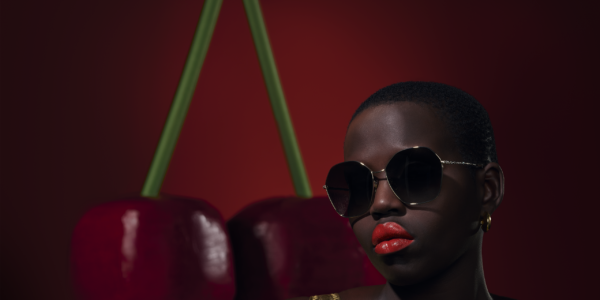
Photographer Stories
Tobias Meier – Storytelling Photography
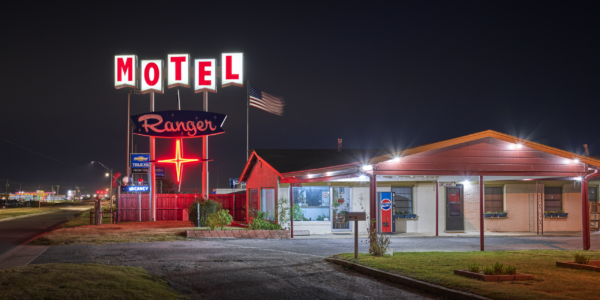
Photographer Stories
Gregory Essayan – Curating Reality
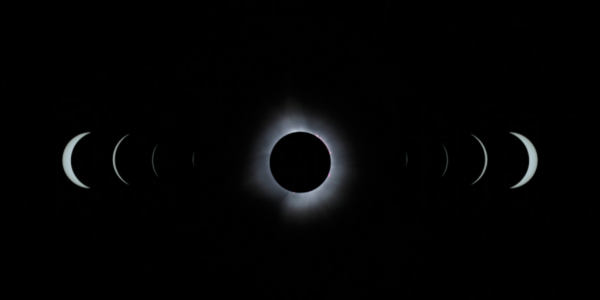
Photographer Stories
Total Solar Eclipse – Matthew C. Ng
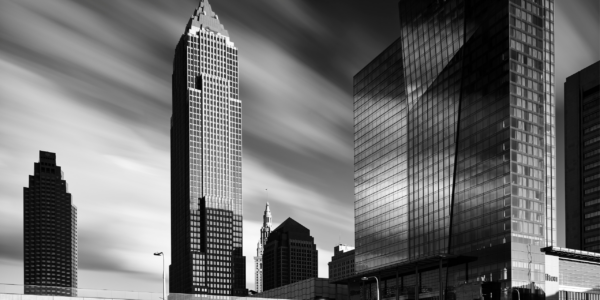
Photographer Stories
Roger Mastroianni – Frame Averaging
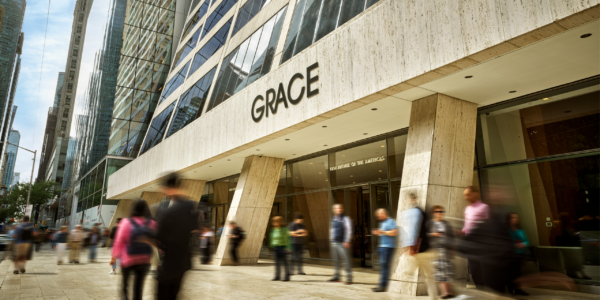
Photographer Stories
Matthew Plexman – Bringing portraits to life
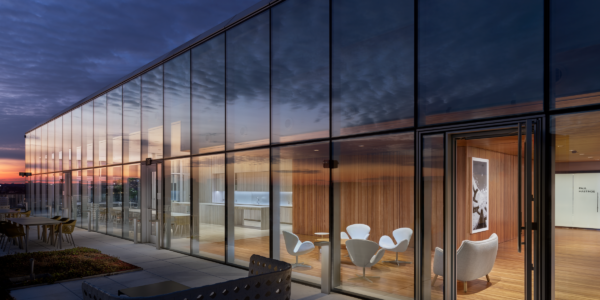
Photographer Stories
Prakash Patel – A Visual Design Story
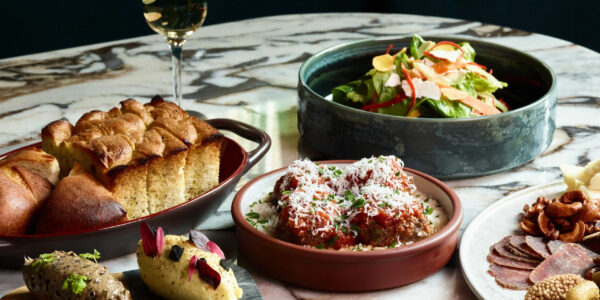
Photographer Stories
Karen Culp – Food Photography Ideas
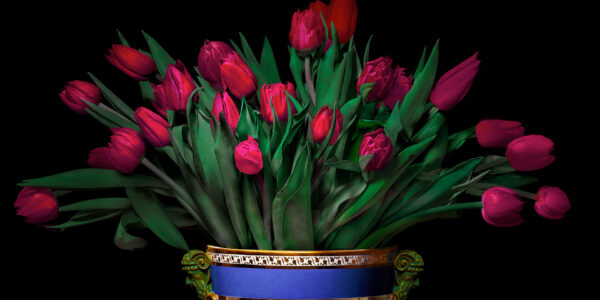
Photographer Stories
T.M. Glass: Flower portraits
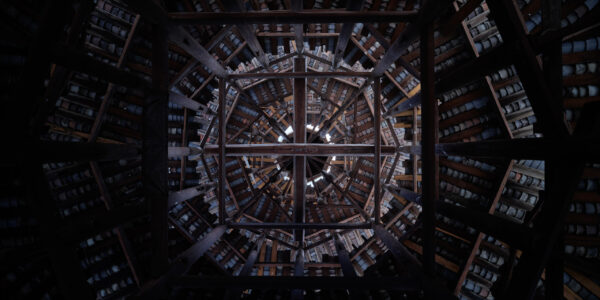
Photographer Stories
Preserving ancient Chinese buildings – Dong Village
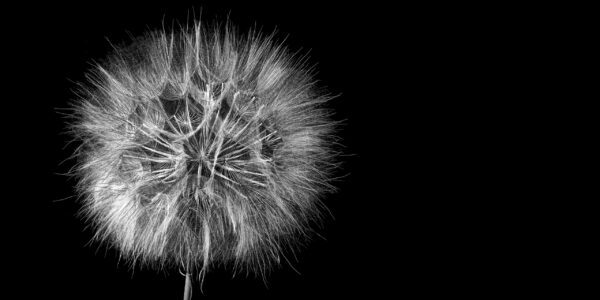
Photographer Stories
Jeff Puckett – The Art of Photogravure
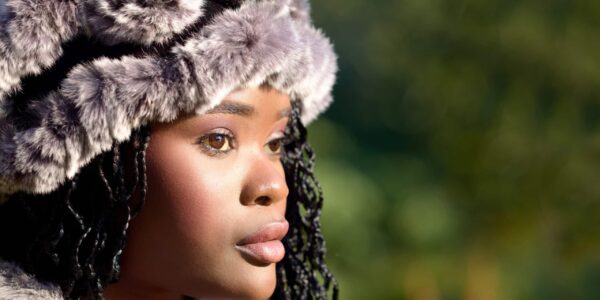
Photographer Stories
Carollyne Sinclaire – A Portrait of the Heart
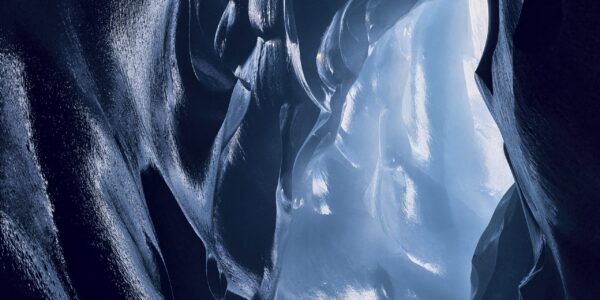
Photographer Stories
A photograph can freeze time. Can it also mobilize human action?
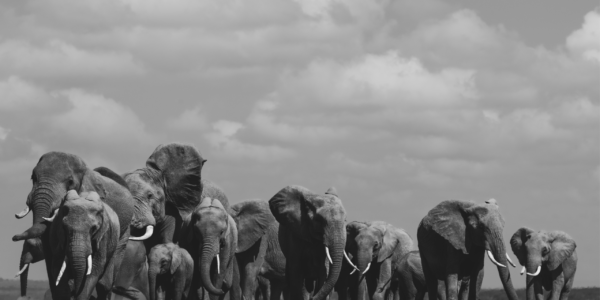
Photographer Stories
Guadalupe Laiz – Up Close and Personal
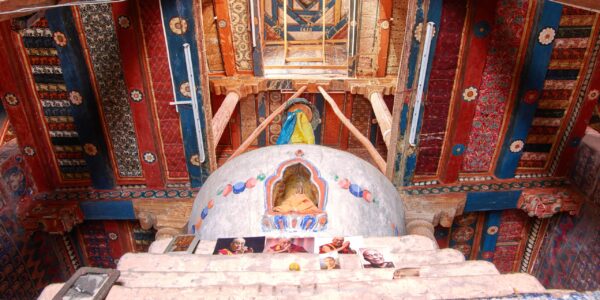
Photographer Stories
How Did a Remote Himalayan Monastery Show Up in New York City?
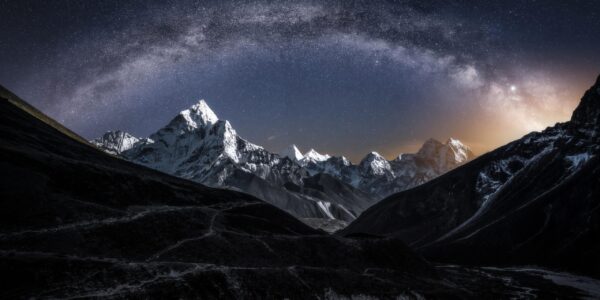
Photographer Stories
Thomas Biasotto Moments beyond Imagination
